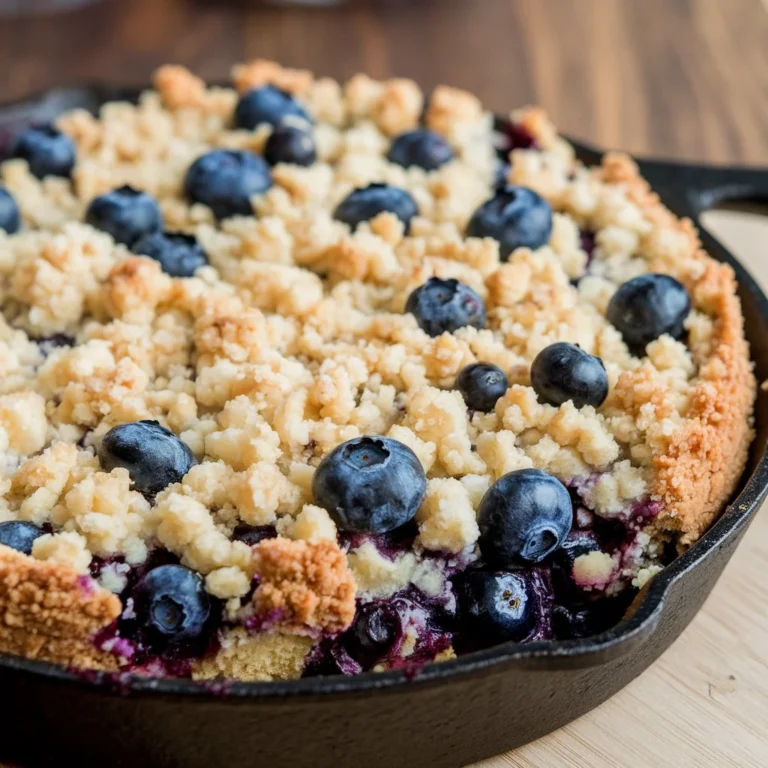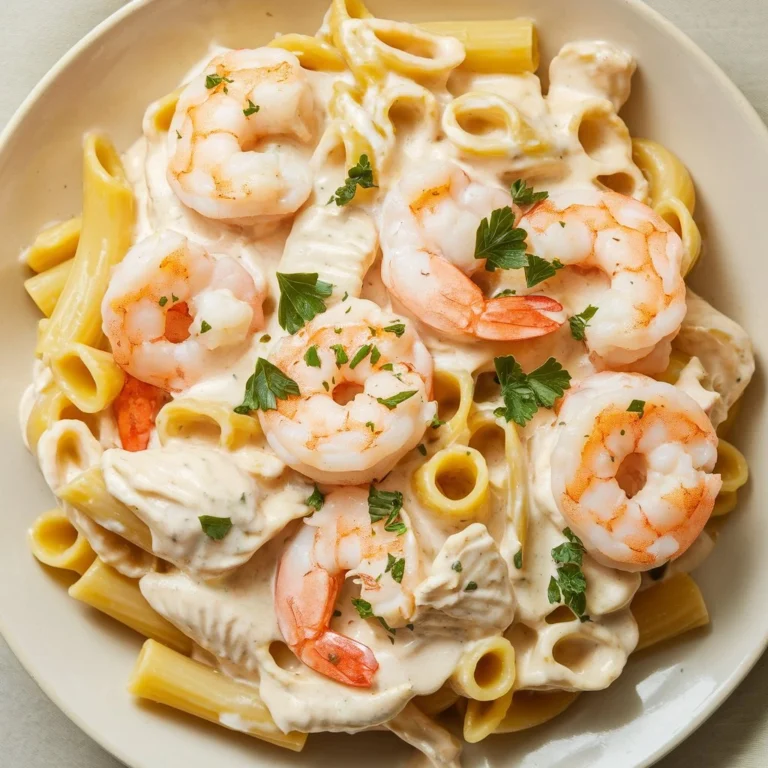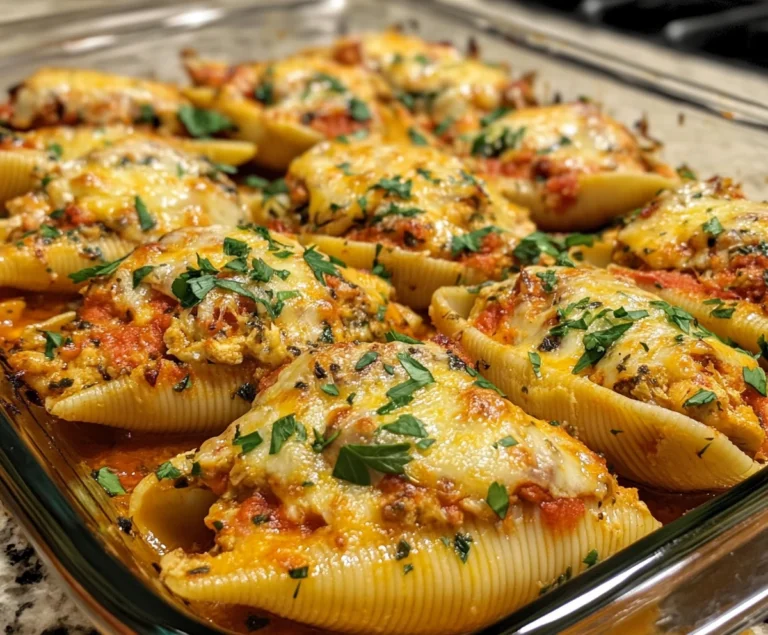What is a Primavera Sauce Made Of?
What is a Primavera Sauce Made Of?
Primavera sauce is a vibrant, vegetable-packed sauce often associated with the freshness of spring and summer. It is a light, yet flavorful sauce that focuses on the use of seasonal vegetables sautéed in olive oil, seasoned with herbs, and often accompanied by Parmesan cheese or a cream base for richness. This sauce is commonly paired with pasta, but its versatility allows it to be used with a wide variety of dishes, making it a staple in many kitchens. But what is primavera sauce made of, and how can you use it in your meals?
In this comprehensive guide, we’ll dive deep into the origins, variations, and most importantly, the ingredients that make up this wonderful sauce. We’ll explore the best vegetables to use, how to make it creamy or vegan, and some innovative ways to use primavera sauce beyond pasta. Plus, we’ll touch on the nutritional benefits of the ingredients and suggest some perfect pairings for your dishes. Let’s get started!
Origins of Primavera Sauce
Primavera sauce originated in the United States during the late 1970s, even though it has Italian influences. The sauce was created by chefs working at Le Cirque, a famous restaurant in New York. They wanted to create a light, vegetable-based dish that would cater to the growing demand for healthier, more vegetable-centric meals. While many associate primavera with classic Italian cuisine, this sauce is a relatively modern invention that blends the simplicity of Italian cooking with the fresh produce available in North America.
The name “primavera” means spring in Italian, signifying the sauce’s association with seasonal vegetables that come into abundance during the spring months. Over the years, the recipe has evolved, with numerous variations springing up to cater to different tastes and dietary needs.
What is Primavera Sauce?
Primavera sauce is essentially a medley of sautéed fresh vegetables like zucchini, bell peppers, broccoli, and carrots, combined with olive oil, garlic, onions, and herbs like basil, parsley, and oregano. This sauce is usually light but can also be made creamier with the addition of dairy such as heavy cream or Parmesan cheese.
Unlike heavier pasta sauces like Alfredo or Bolognese, primavera sauce celebrates the vegetables and allows them to take center stage. It’s a perfect option for those looking for a healthier pasta dish or a flavorful way to incorporate more veggies into their diet. The dish can be served over pasta, but it also pairs well with proteins like chicken or shrimp, or even as a topping for grain bowls and salads.
For a detailed guide on how to make an authentic primavera sauce, check out this classic primavera sauce recipe.
Core Ingredients of Primavera Sauce
The key to a great primavera sauce is using fresh, high-quality ingredients. Here’s a breakdown of the core ingredients you’ll need to make a delicious primavera sauce:
1. Fresh Vegetables
Primavera sauce is all about the vegetables. The most common vegetables used include:
- Zucchini: Adds a light, refreshing flavor and tender texture.
- Bell Peppers: Provide sweetness and a slight crunch, plus a burst of color.
- Broccoli: Offers a slightly bitter, earthy flavor that contrasts nicely with the sweeter vegetables.
- Carrots: Bring a subtle sweetness and a bit of crunch.
- Cherry Tomatoes: These are often added for a bit of acidity and juiciness.
- Asparagus: A springtime favorite, adding a crisp texture and earthy taste.
You can also add other vegetables depending on what’s in season or what you have on hand, such as mushrooms, spinach, or even peas. The key is to choose vegetables that cook quickly and evenly when sautéed.
2. Olive Oil
Olive oil is the heart-healthy base of the sauce. It’s used to sauté the vegetables and infuses the dish with a rich, Mediterranean flavor. For the best results, use extra virgin olive oil, which has a robust, fruity flavor that complements the vegetables.
3. Garlic and Onion
Garlic and onion are essential for adding depth to the sauce. They form the aromatic base and give the sauce its savory, slightly sweet undertone. Garlic, in particular, enhances the flavor of the vegetables without overpowering them, while onions add sweetness and a mild, tangy bite.
4. Herbs
Fresh herbs like basil, parsley, and oregano are commonly used in primavera sauce. These herbs add a fragrant, herbaceous note that enhances the overall flavor. Basil brings a sweet, peppery taste, parsley adds freshness, and oregano gives the dish a slightly minty, earthy flavor.
5. Cheese
Primavera sauce often features Parmesan cheese, which adds a salty, nutty flavor. Grated Parmesan is usually stirred into the sauce toward the end of cooking, or sprinkled on top of the finished dish. For a creamier sauce, you can also add ricotta or heavy cream, which gives the dish a luscious, velvety texture.
For those looking for dairy-free options, you can omit the cheese or use nutritional yeast, which provides a similar umami flavor without the dairy. Nutritional yeast is especially popular in vegan versions of the sauce.
6. Pasta (Optional)
While not technically part of the sauce, pasta is the most common pairing with primavera sauce. Long noodles like fettuccine or spaghetti work well because they allow the sauce to cling to the strands, but shorter pasta shapes like penne or fusilli can also be used.
For those who are gluten-free, there are many pasta alternatives available, including whole grain, legume-based, or gluten-free pasta varieties.
Variations
Primavera sauce is highly customizable, which is one of the reasons it has remained so popular. Here are some common variations that you can try to suit different tastes and dietary preferences:
1. Creamy Primavera Sauce
If you prefer a richer sauce, you can make a creamy version by adding heavy cream or milk. This creates a velvety texture that pairs well with heartier vegetables like broccoli and carrots. You can also use half-and-half or even cream cheese to achieve a similar effect.
2. Tomato-Based Primavera Sauce
Some recipes call for the addition of tomatoes, either fresh or canned, to create a slightly tangy, tomato-rich version of primavera sauce. This is a great option if you want a lighter sauce with a bit of acidity. You can add whole cherry tomatoes that burst as they cook or use canned diced tomatoes for convenience.
3. Vegan Primavera Sauce
To make a vegan version of primavera sauce, simply omit the cheese and cream. You can replace the dairy with cashew cream or coconut milk for a creamy texture, or use nutritional yeast for that savory, cheesy flavor without the dairy. This version is just as flavorful and satisfying as the original but is suitable for those following a plant-based diet.
4. Gluten-Free Primavera
If you’re following a gluten-free diet, you can easily make this dish gluten-free by using gluten-free pasta or serving the sauce over a bed of quinoa, rice, or zoodles (zucchini noodles). The sauce itself is naturally gluten-free, so this variation only requires swapping out the pasta.
5. Spicy Primavera Sauce
For those who like a little heat, adding a pinch of red pepper flakes or finely chopped chili peppers can give the sauce a spicy kick. This variation works particularly well with the addition of tomatoes and can transform the dish into a fiery, bold meal.
How to Make Primavera Sauce – Step by Step
Making primavera sauce is relatively simple, but there are a few key steps to ensure that your vegetables are perfectly cooked and the flavors are well-balanced. Here’s a step-by-step guide:
1. Prepare the Vegetables
Start by washing and chopping your vegetables into bite-sized pieces. You want the vegetables to be roughly the same size so that they cook evenly. If you’re using firmer vegetables like carrots or broccoli, you can blanch them in boiling water for 2-3 minutes before sautéing. This will soften them slightly and speed up the cooking process.
2. Sauté the Garlic and Onion
Heat a generous amount of olive oil in a large skillet over medium heat. Add the minced garlic and diced onion and sauté until the onion becomes translucent and the garlic is fragrant. Be careful not to burn the garlic, as this can give the sauce a bitter taste.
3. Add the Vegetables
Next, add the prepared vegetables to the skillet. Start with the vegetables that take the longest to cook, such as carrots and broccoli, and then add the softer vegetables like zucchini and bell peppers. Sauté the vegetables until they are tender but still crisp. You want them to have some texture, so avoid overcooking them.
4. Season with Herbs and Cheese
Once the vegetables are cooked, stir in the fresh herbs, salt, and pepper. If you’re making a creamy version, this is the time to add the cream or ricotta. If you’re keeping it light, you can skip the dairy and simply sprinkle grated Parmesan over the finished dish. For a vegan version, stir in some nutritional yeast for a cheesy flavor without the dairy.
5. Serve with Pasta
If you’re serving the sauce with pasta, cook the pasta according to the package instructions. Once the pasta is cooked and drained, toss it with the primavera sauce to coat the noodles evenly. Garnish with additional herbs and Parmesan, and serve immediately.
For a step-by-step guide to a different variation, check out this recipe for zucchini mushroom primavera that incorporates more earthy flavors into the dish.
Nutritional Benefits of Primavera Sauce
Primavera sauce isn’t just delicious; it’s also packed with nutrients thanks to the variety of vegetables used. Here are some of the nutritional benefits of the main ingredients:
- Zucchini: Low in calories and high in vitamins A and C, zucchini also provides dietary fiber and antioxidants that support healthy digestion and immune function.
- Bell Peppers: Rich in vitamin C, bell peppers help boost your immune system and support healthy skin. They also provide antioxidants like beta-carotene.
- Broccoli: Broccoli is a superfood known for its high levels of vitamins K and C, fiber, and folate. It also contains cancer-fighting compounds like sulforaphane.
- Carrots: Carrots are high in beta-carotene, which is important for maintaining good vision. They also provide fiber and vitamin K.
- Olive Oil: Olive oil is a healthy fat that has been shown to reduce inflammation, improve heart health, and provide antioxidant benefits.
- Garlic and Onion: Both garlic and onions are known for their anti-inflammatory properties and are rich in antioxidants that can help boost the immune system.
By incorporating a variety of vegetables into your primavera sauce, you’re not only adding flavor but also increasing the nutritional value of your meals. Whether you’re looking to boost your vitamin intake or simply enjoy a healthy, balanced dish, primavera sauce is a great option.
Popular Dishes with Primavera Sauce
While pasta primavera is the most common way to enjoy primavera sauce, there are plenty of other dishes that pair well with this versatile sauce. Here are some ideas:
1. Pasta Primavera
The classic pairing for primavera sauce is, of course, pasta. Whether you use fettuccine, spaghetti, or penne, the light, vegetable-forward sauce complements the pasta’s texture perfectly. You can also use whole wheat or gluten-free pasta for a healthier twist.
2. Chicken Primavera
Grilled or sautéed chicken is a great addition to primavera sauce, especially if you’re looking for a more filling meal. The mild flavor of chicken allows the vegetables and herbs in the sauce to shine. Try adding thin slices of grilled chicken breast to your pasta primavera for a delicious and protein-packed dish.
3. Seafood Primavera
For a lighter, more elegant dish, try adding shrimp, scallops, or even lobster to your primavera sauce. The delicate flavor of seafood pairs beautifully with the fresh vegetables and herbs in the sauce, creating a dish that’s both flavorful and sophisticated.
4. Vegan Primavera
If you’re following a plant-based diet, primavera sauce is a great way to enjoy a vegan meal that’s both satisfying and nutritious. Simply omit the cheese and cream and use nutritional yeast or cashew cream for a dairy-free version. You can serve the sauce over pasta, quinoa, or even zoodles for a healthy, low-carb option.
5. Grain Bowls
For a hearty, nutritious meal, try serving primavera sauce over a bowl of grains like quinoa, farro, or brown rice. The sauce adds flavor and moisture to the grains, while the vegetables provide texture and nutrition.
6. Primavera Pizza
For a fun twist on pizza night, use primavera sauce as a topping for your pizza. Spread the sauce over a whole wheat or gluten-free pizza crust, then top with mozzarella, Parmesan, and additional vegetables like mushrooms or spinach. Bake until the cheese is melted and bubbly, and enjoy a healthier take on pizza.
For more inspiration, check out this guide on pairing vegetables with different dishes to create flavorful and fresh meals.
FAQs: What You Need to Know About Primavera Sauce
Is Primavera Sauce Healthy?
Yes! Primavera sauce is typically made with fresh, nutrient-dense vegetables, olive oil, and herbs, making it a healthy choice for most diets. The vegetables provide fiber, vitamins, and minerals, while olive oil offers heart-healthy fats. If you’re watching your calorie intake, you can keep the sauce light by omitting the cream and using less cheese.
Can I Make Primavera Sauce in Advance?
Yes, you can prepare primavera sauce ahead of time and store it in the refrigerator for up to three days. If you’re using dairy, it’s best to add the cream or cheese when reheating to prevent it from curdling. You can also freeze the sauce (without the dairy) for up to three months.
What Vegetables Can I Use in Primavera Sauce?
You can use almost any vegetable in primavera sauce, but the most common ones include zucchini, bell peppers, broccoli, carrots, and cherry tomatoes. Other great options include asparagus, spinach, mushrooms, and peas. Just be sure to choose vegetables that cook quickly and evenly when sautéed.
How Do I Make Primavera Sauce Vegan?
To make a vegan version of primavera sauce, simply omit the cheese and cream. You can use cashew cream, coconut milk, or nutritional yeast to achieve a creamy texture and savory flavor without the dairy.
Can I Serve Primavera Sauce with Something Other Than Pasta?
Absolutely! Primavera sauce is incredibly versatile and can be served with grains like quinoa or rice, or used as a topping for grilled chicken, seafood, or even pizza. It’s also great in grain bowls or over zoodles for a low-carb option.
Conclusion
Primavera sauce is a delicious, nutritious, and versatile sauce that highlights the beauty of fresh, seasonal vegetables. Whether you prefer a light, vegetable-focused dish or a creamy, indulgent version, this sauce can be adapted to suit your taste and dietary needs. By incorporating a variety of vegetables, herbs, and even proteins like chicken or seafood, you can create a meal that’s both flavorful and satisfying. With so many variations and uses, primavera sauce is a must-try for any home cook looking to elevate their vegetable game.







